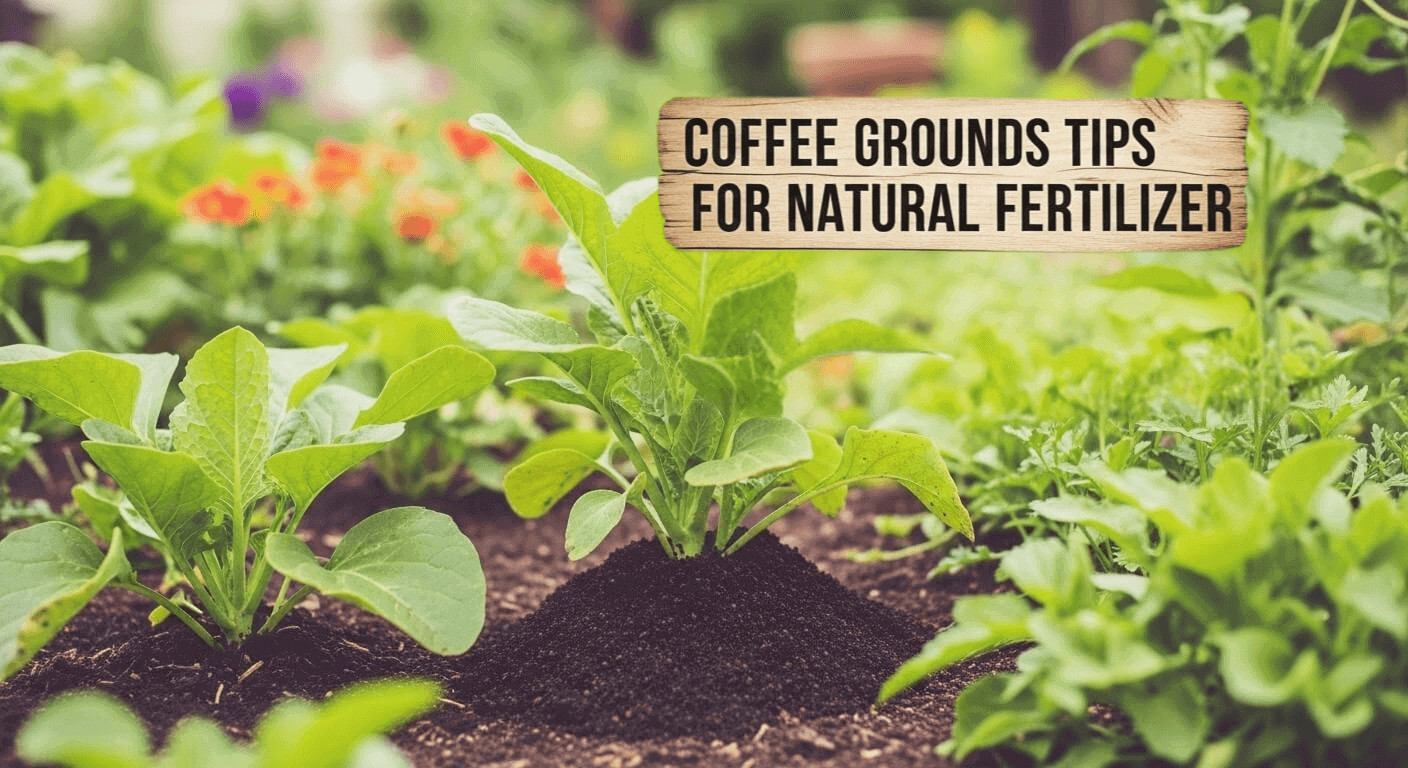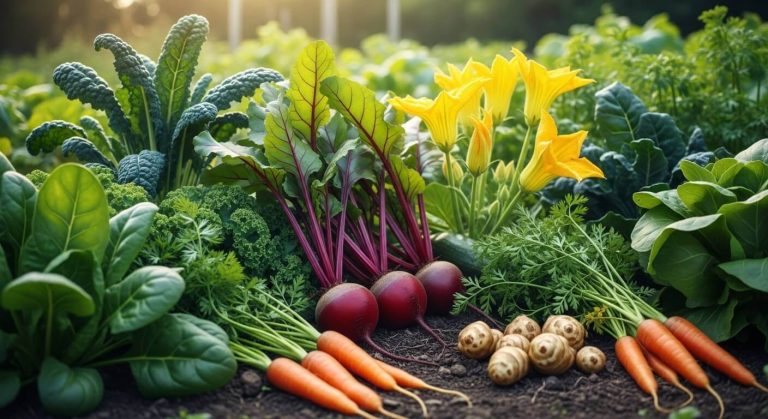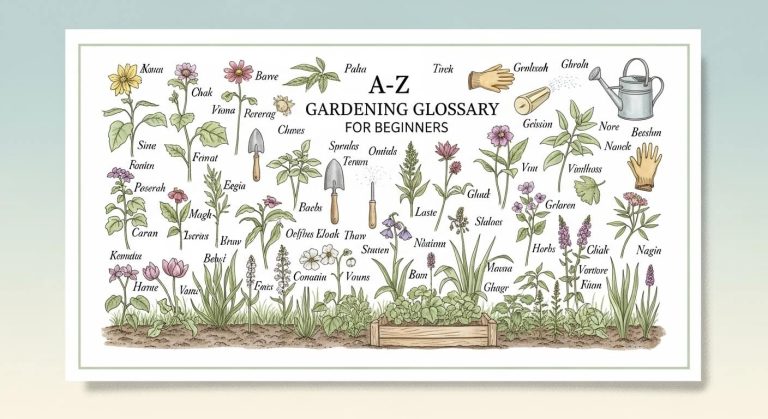Brewed for the Earth: 10 Genius Coffee Grounds Tips for Natural Fertilizer
Got coffee grounds piling up in your kitchen? Don’t toss them—your garden actually wants them! In this article, “Brewed for the Earth: 10 Genius Coffee Grounds Tips for Natural Fertilizer,” we’ll uncover exactly how used coffee grounds can become your garden’s best friend. Whether you’re into lush lawns or vibrant veggies, these earthy leftovers are liquid gold for plants. Let’s turn your morning brew into garden fuel!
1. Sprinkle Coffee Grounds Directly Into the Soil
Used coffee grounds can go straight from the mug to the mulch. Adding them directly into your soil provides a rich dose of nitrogen, one of the top nutrients your plants crave.
How to Apply
- Let the grounds dry before use.
- Sprinkle them lightly around your plants.
- Mix gently into the topsoil with a hand rake.
Why it works: Coffee grounds are considered nitrogen-rich soil amendments and promote healthy leaf growth. They also help improve soil texture over time.
Pro Tip: Avoid piling them on too thickly—they can clump and block water. Think of it like sprinkling cocoa on a cappuccino: light, fluffy, and even.
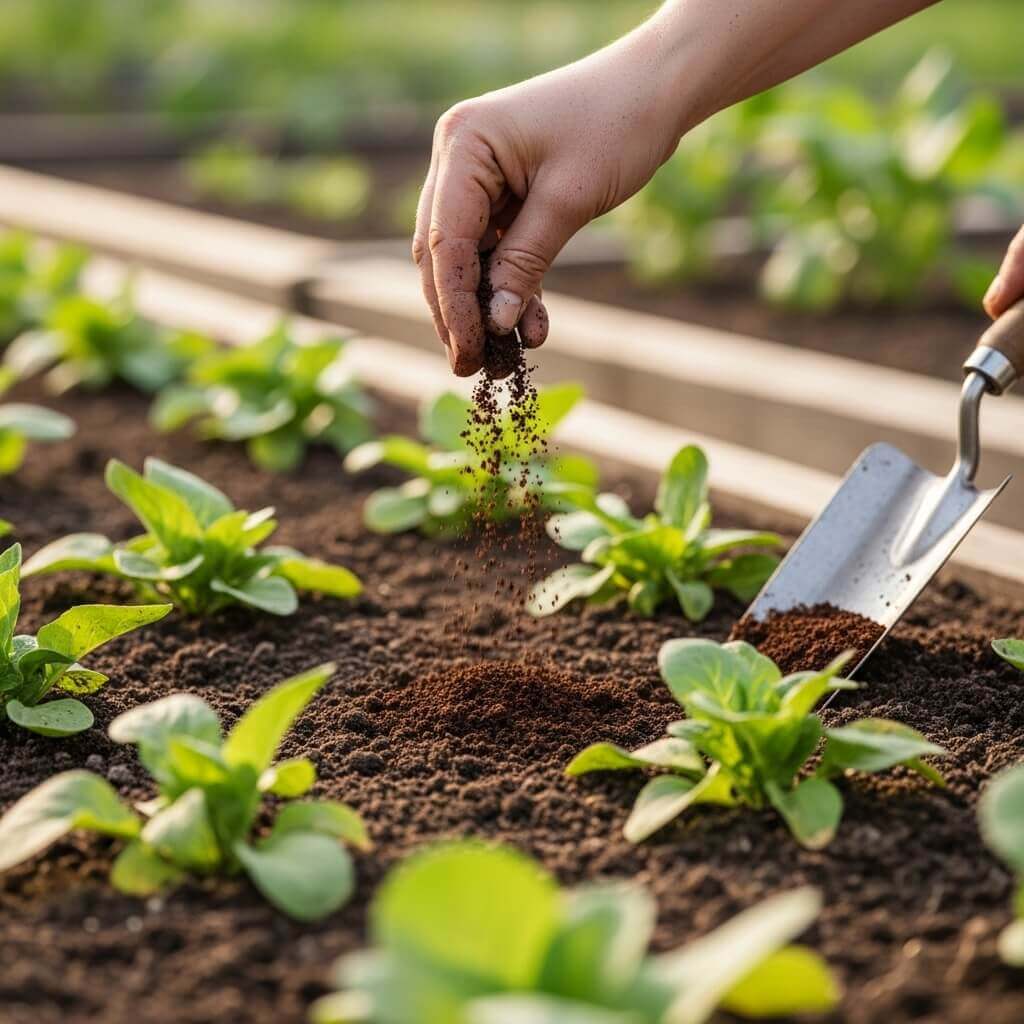
2. Supercharge Your Compost Bin
Your compost pile just found its new BFF. Coffee grounds speed up decomposition and add balance.
Composting Benefits
- Adds valuable nitrogen (greens)
- Balances carbon-heavy materials like dry leaves (browns)
- Attracts earthworms (yay, soil health!)
Tip: Use coffee filters too—they’re compostable! And if your grounds smell like last week’s latte, that’s okay. Microbes love them just the same.
Related Keyword Usage: Coffee grounds compost is a brilliant way to recycle kitchen waste and enrich the garden naturally with Natural Fertilizer.
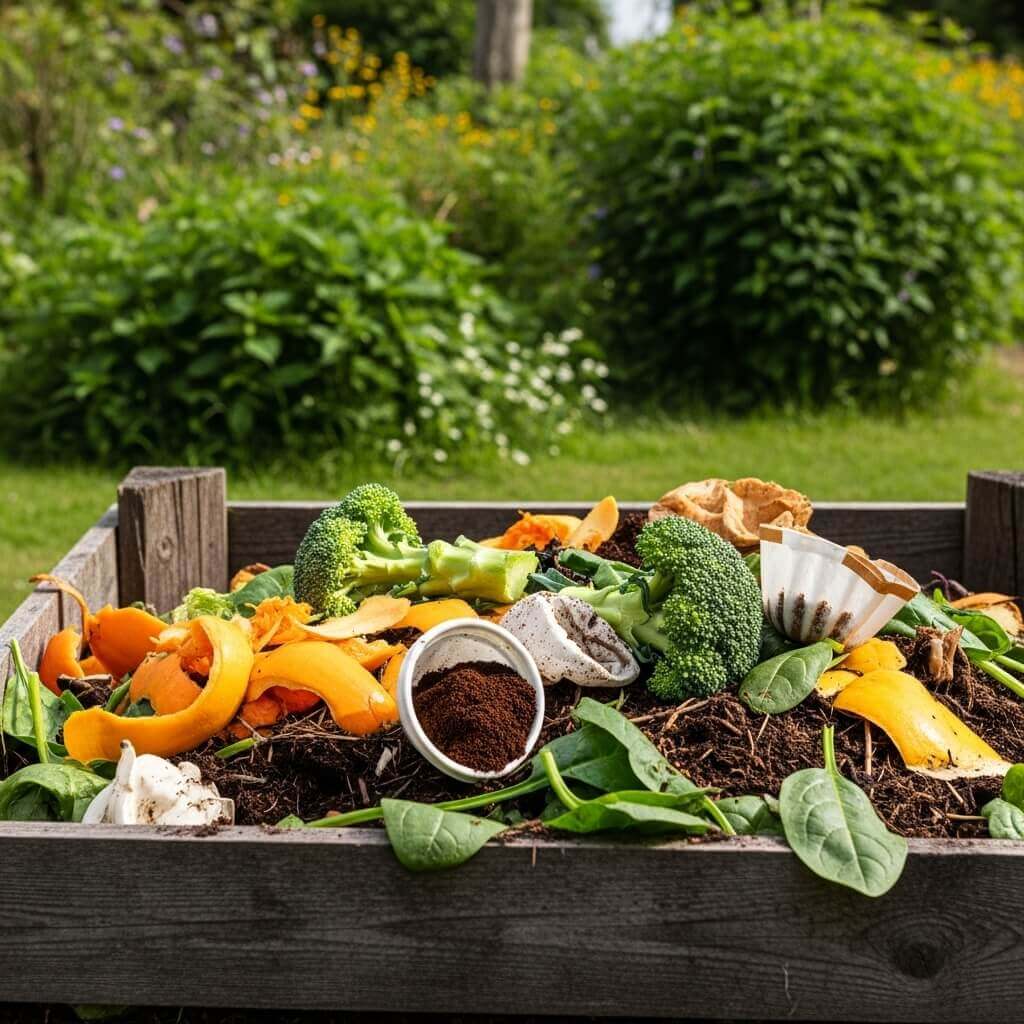
3. Coffee grounds as a Lawn Fertilizer
Want a lush, green lawn without chemical overload? Your morning brew might hold the key.
How to Use Coffee Grounds on Lawns
- Dry and sift the grounds
- Sprinkle across your lawn monthly
- Water immediately after application
Why it’s Great: Applying coffee grounds tips to lawn areas boosts nitrogen levels and feeds the microbial life beneath the grass. You’re not just fertilizing—you’re feeding the entire ecosystem!
Fun Note: Even your grass wants a morning cup of Joe. ☕️🌱
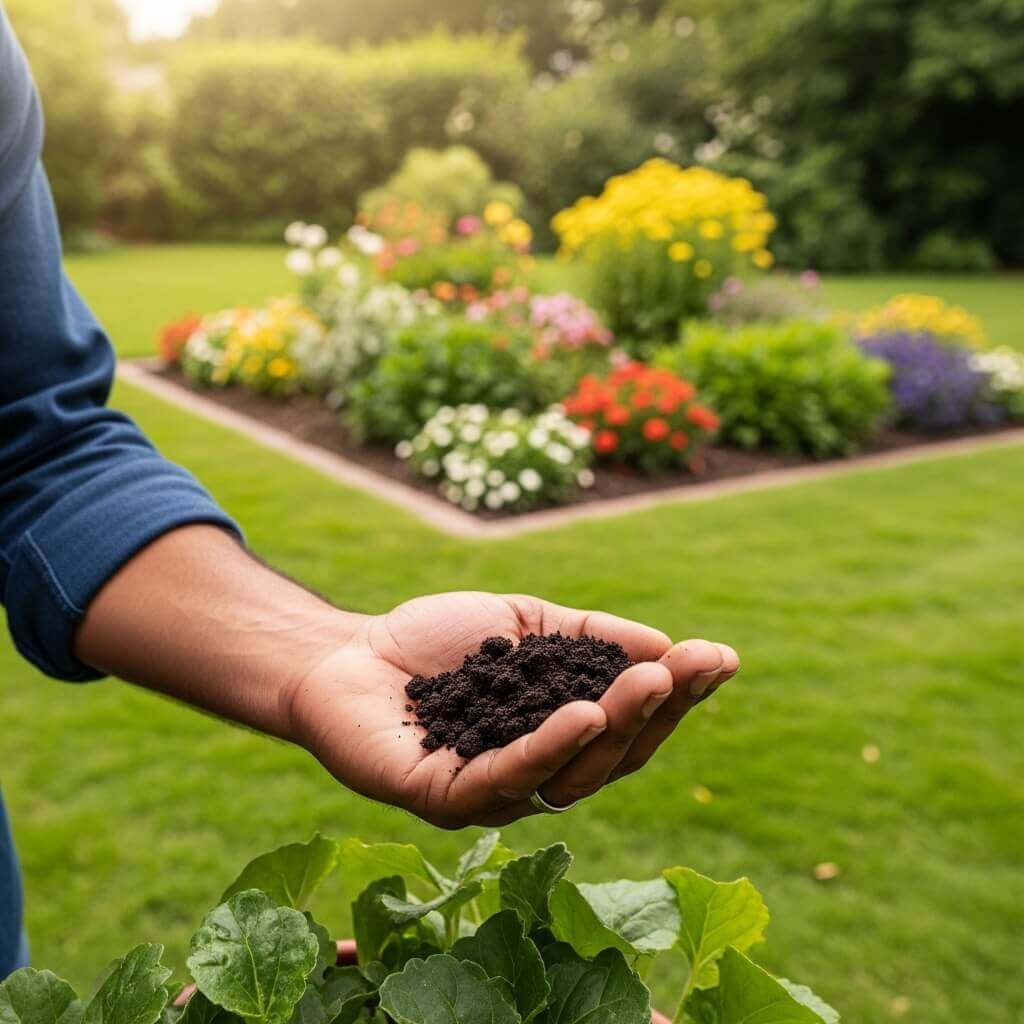
4. Feed Your Acid-Loving Plants
Azaleas, blueberries, and hydrangeas say “yes please!” to coffee.
How to Apply
- Add a tablespoon of grounds to the base every two weeks
- Water thoroughly afterward
Why It Works: Coffee grounds help lower soil pH, which is ideal for acid-loving plants. They thrive in slightly acidic soil, and your brew residue helps maintain that balance.
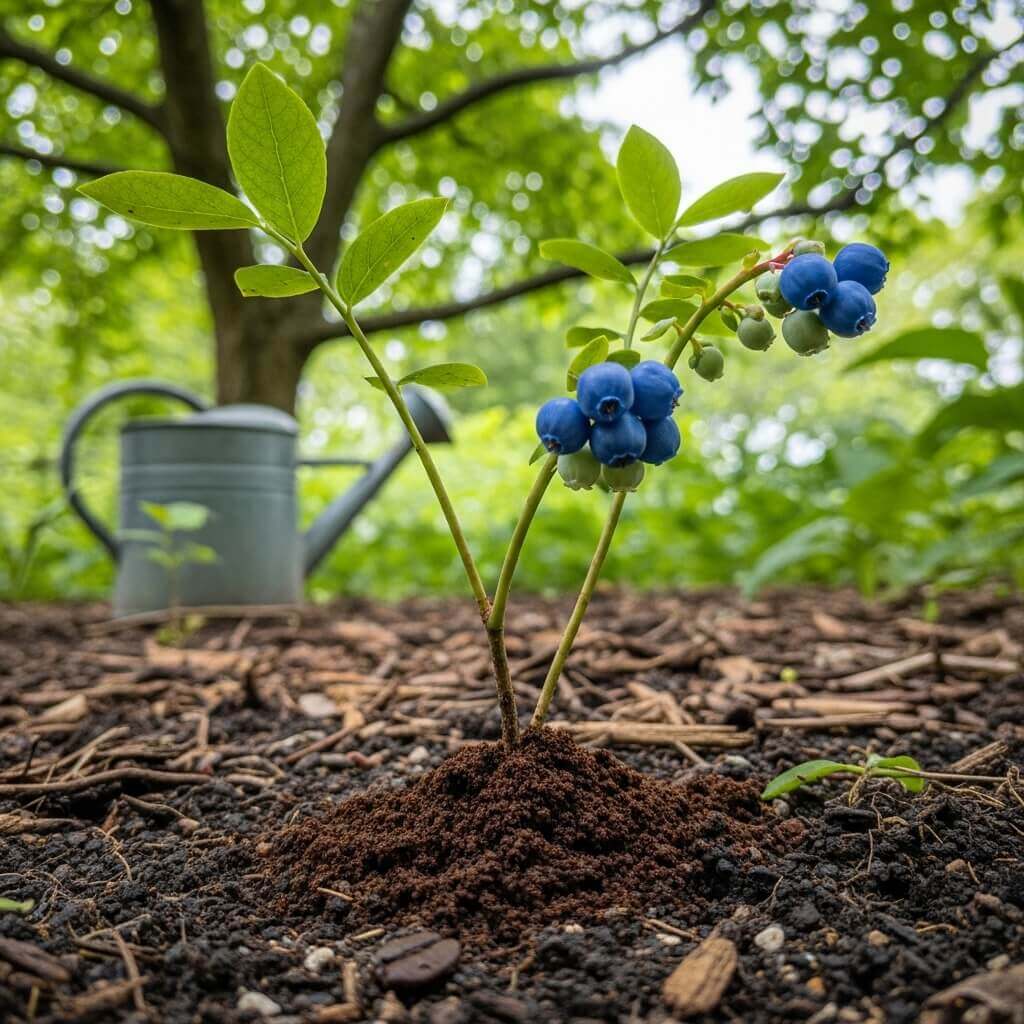
5. Keep Pests at Bay
No one likes uninvited guests—especially snails and slugs. Good news? Coffee grounds are nature’s no trespassing sign.
Natural Pest Deterrent
- Scatter grounds around seedlings
- Use as a protective ring for delicate plants
Bonus: Cats and ants aren’t fans either. (Finally, a solution for your rebellious garden bed!)
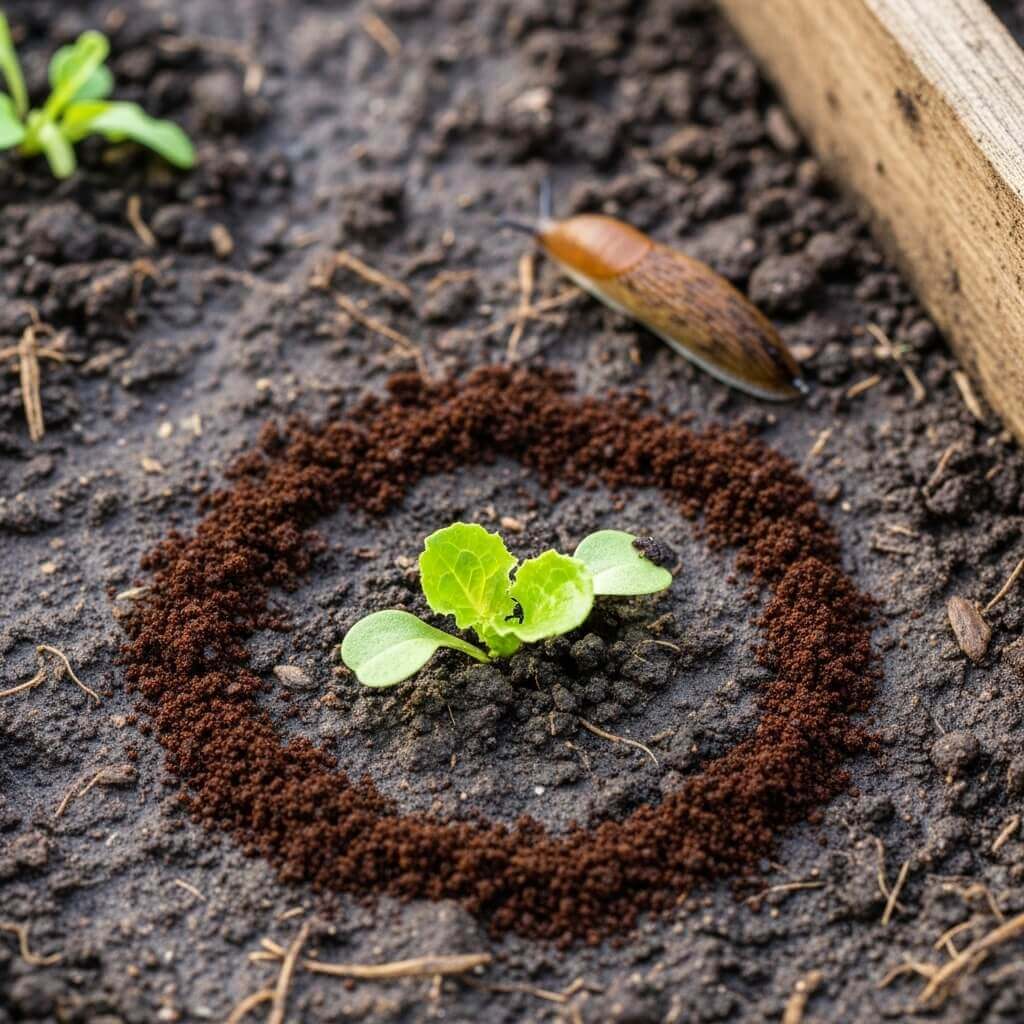
6. Mix With Mulch for Moisture Control
Blending coffee grounds with organic mulch gives you double the benefit.
How to Mix
- Combine 1 part grounds with 3 parts mulch (like straw or bark)
- Spread around plants to reduce evaporation
Why It’s Effective: The mulch holds water; the grounds add nutrition. It’s like putting a smoothie on top of a salad—double the health, double the effect.
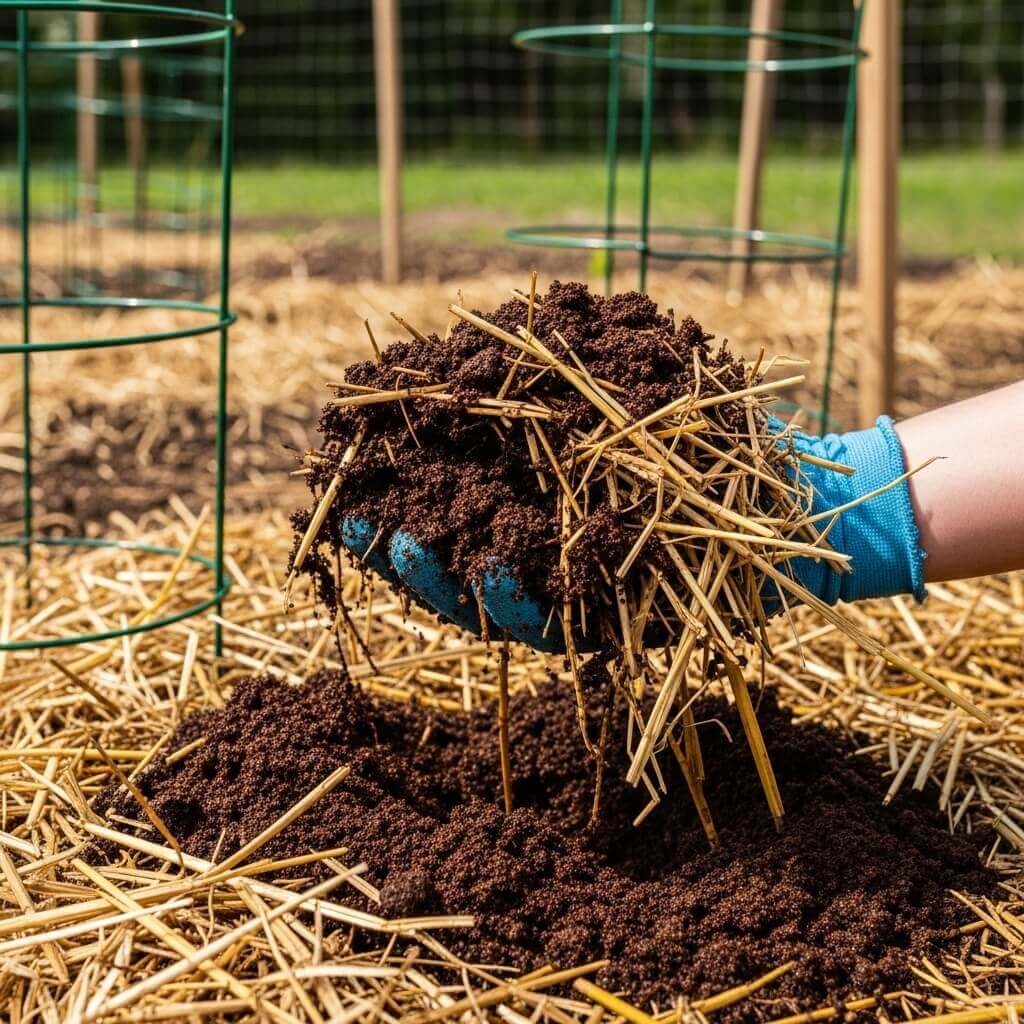
7. Make a Liquid Fertilizer (“Coffee Tea”)
Feeling crafty? Brew a fertilizer tea for your plants.
Recipe
- Mix 2 cups of used coffee grounds with 5 gallons of water
- Let sit for 24 hours
- Water plants with the mixture
Result: A gentle, nutrient-rich solution for a quick pick-me-up, especially for container gardens.
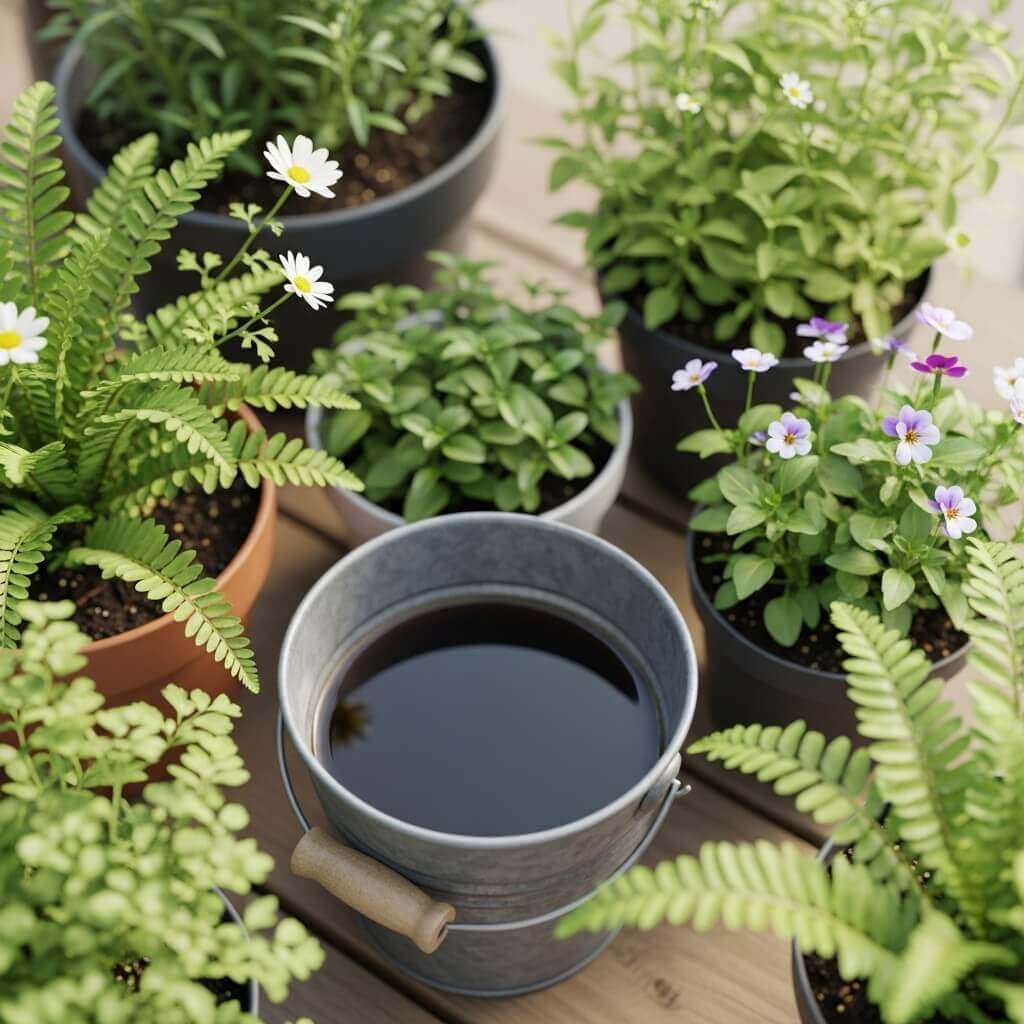
8. Boost Seed Germination (Carefully)
When used correctly, coffee grounds can enhance early plant growth.
Tip:
- Mix small amounts (1:10 ratio) into potting soil
- Avoid high concentrations—it can hinder sprouting
Why It Works: Trace elements and organic matter stimulate root development.
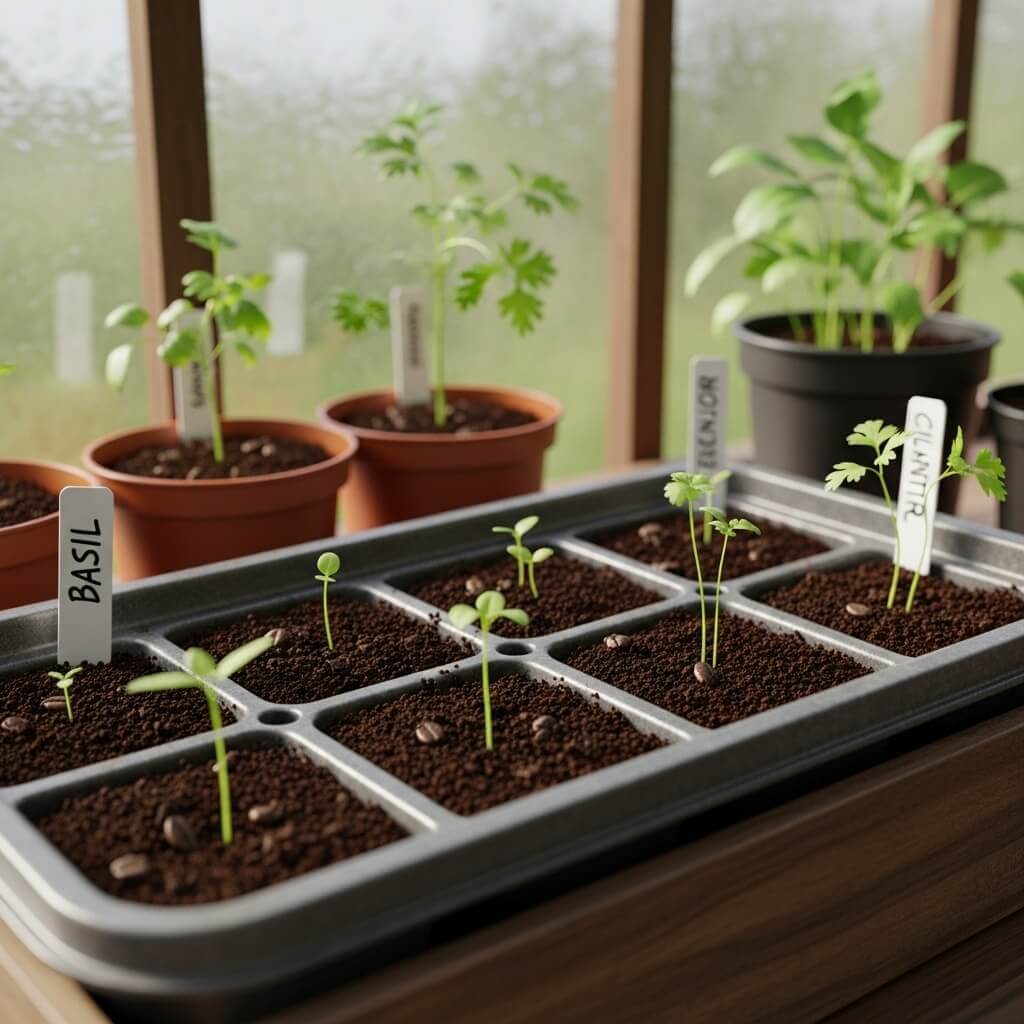
9. Reduce Weed Growth Naturally
Forget herbicides—coffee grounds might help keep weeds in check.
How?
- Create a thin layer over weed-prone areas
- Block sunlight and suppress unwanted sprouts
Caution: Don’t smother your good plants. Apply precisely like seasoning on pasta—sparingly and purposefully.
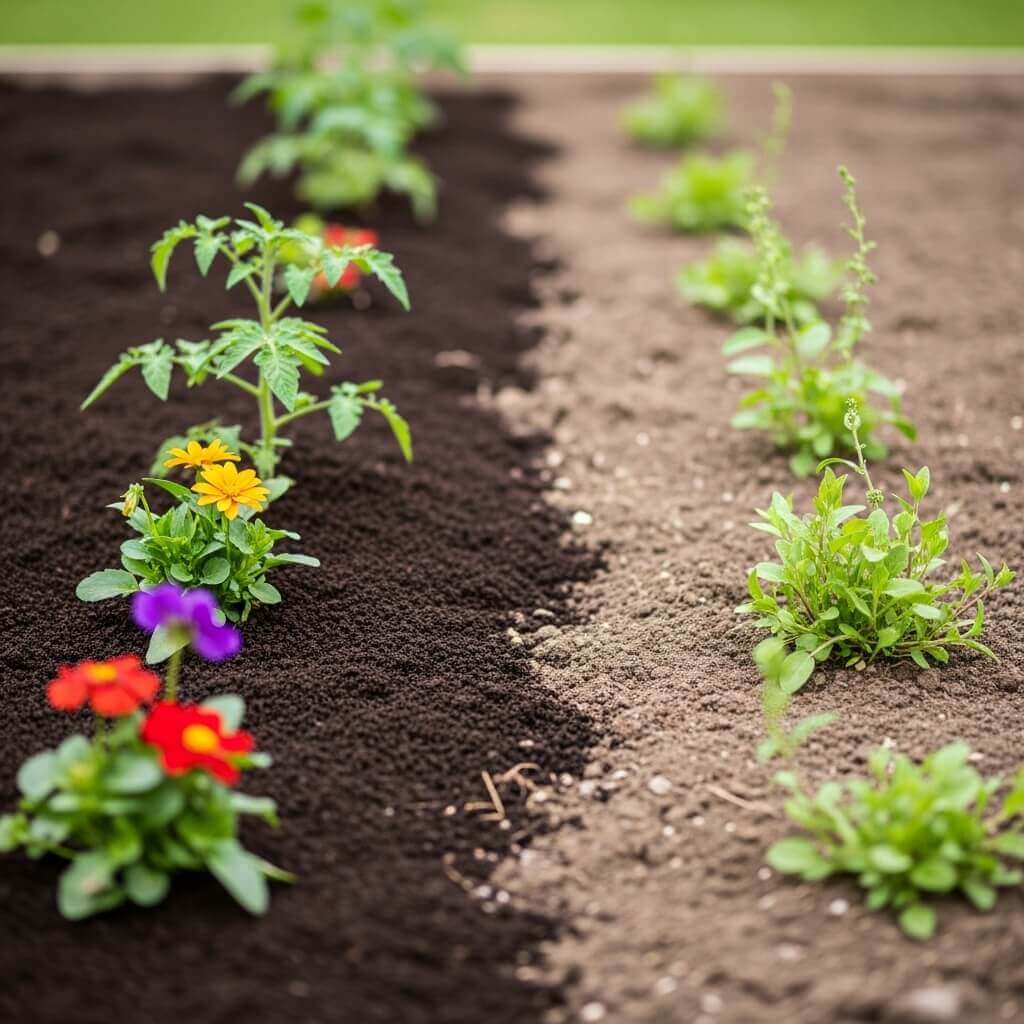
10. Feed Your Worms with Coffee Grounds
Got a worm bin? Your worms will go nuts for coffee grounds! Sprinkle small amounts into your vermicompost to create a coffee grounds compost that’s supercharged with nutrients. Worms love the texture, and the grounds add nitrogen to their diet.
Limit grounds to about a cup per week for a standard worm bin. Too much can make the bin too acidic, and nobody wants cranky worms!
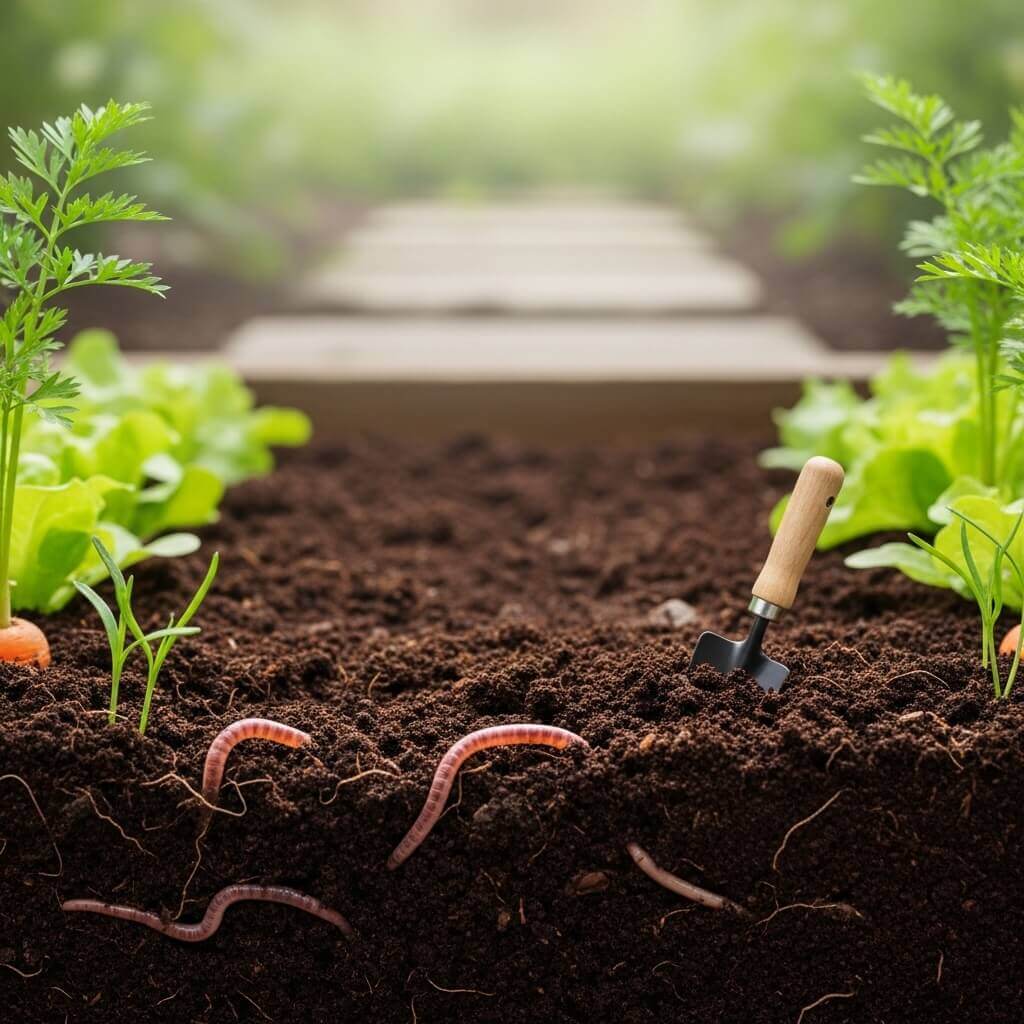
Worm Bin Starter
New to vermicomposting? Try the Worm Farm Starter Kit on Amazon.
Final Thoughts: A Greener Brew
Who knew your daily cup of coffee had a green thumb? With these 10 coffee grounds fertilizer tips, your plants can drink up the benefits of this natural powerhouse. Whether you’re composting, fertilizing, or just experimenting with lawn care, your used grounds offer big value with zero waste.
So the next time you brew a pot, remember: you’re not just fueling yourself—you’re fueling the earth. 🌍
Now it’s your turn: Start sprinkling, composting, and mixing your way to a happier, healthier garden. Your plants will thank you—and hey, your coffee habit finally has no guilt attached.
Want more ideas for a gorgeous outdoor space? Check out 15 Red Flowers to Grow for a Gorgeous Garden.
